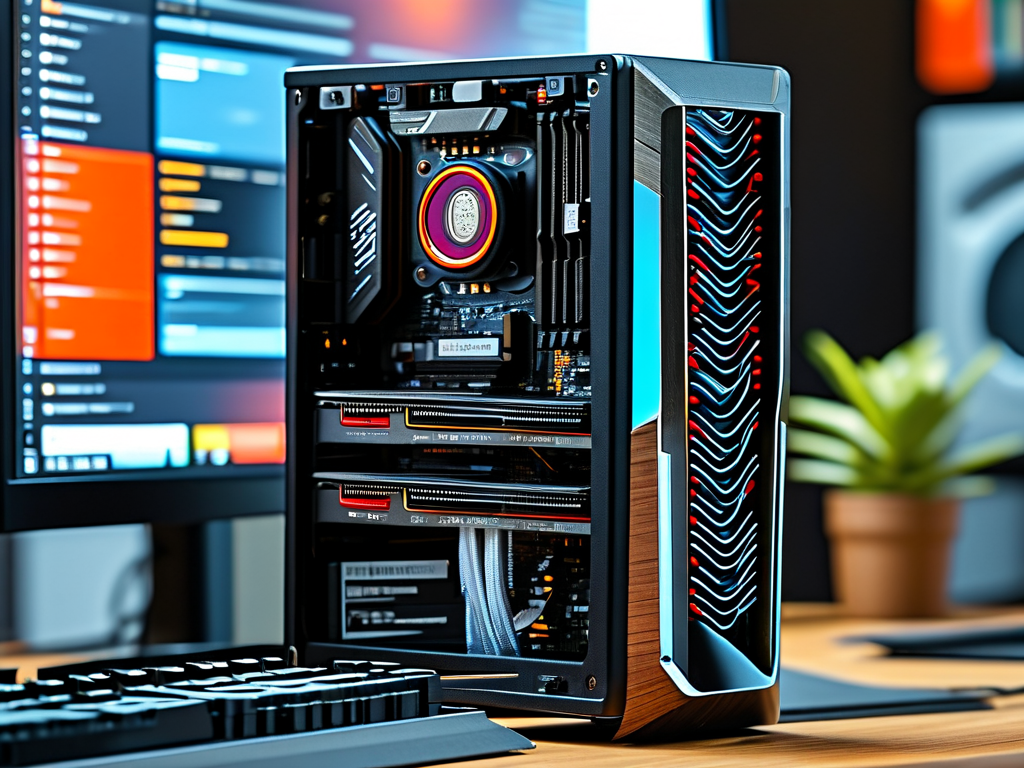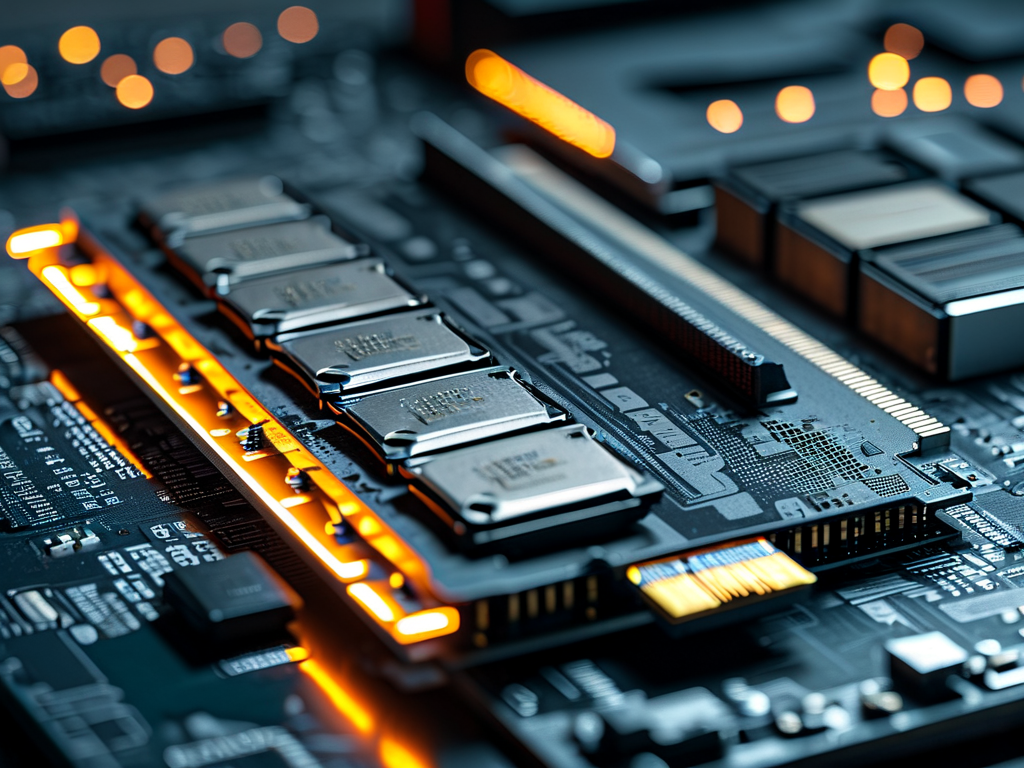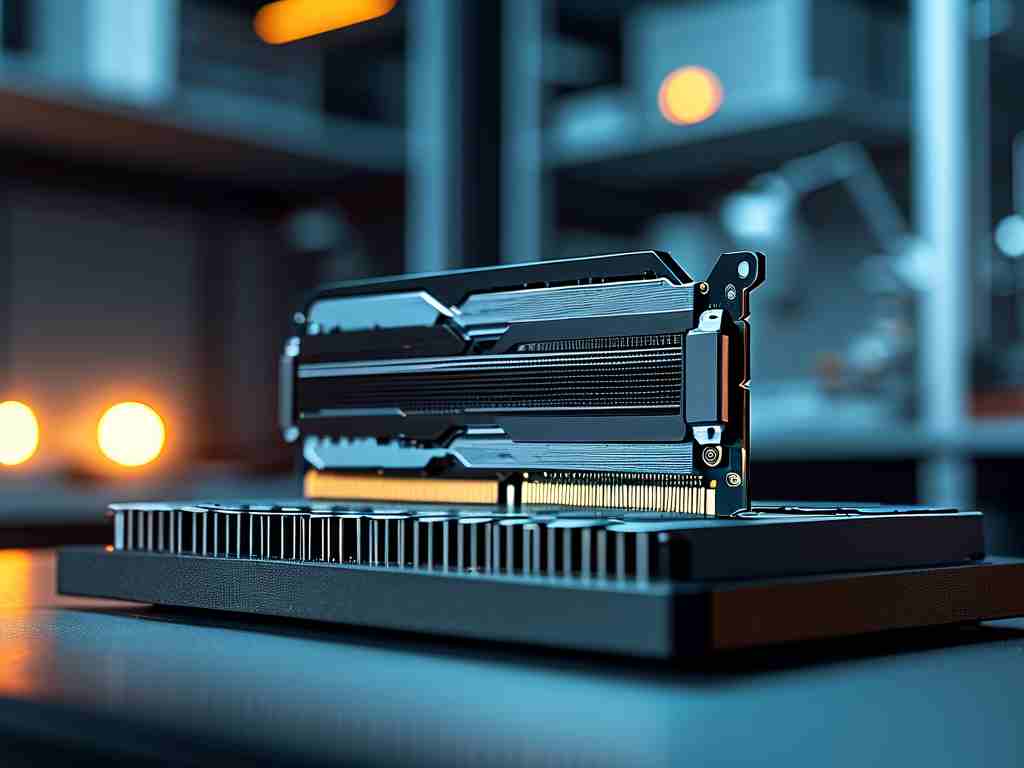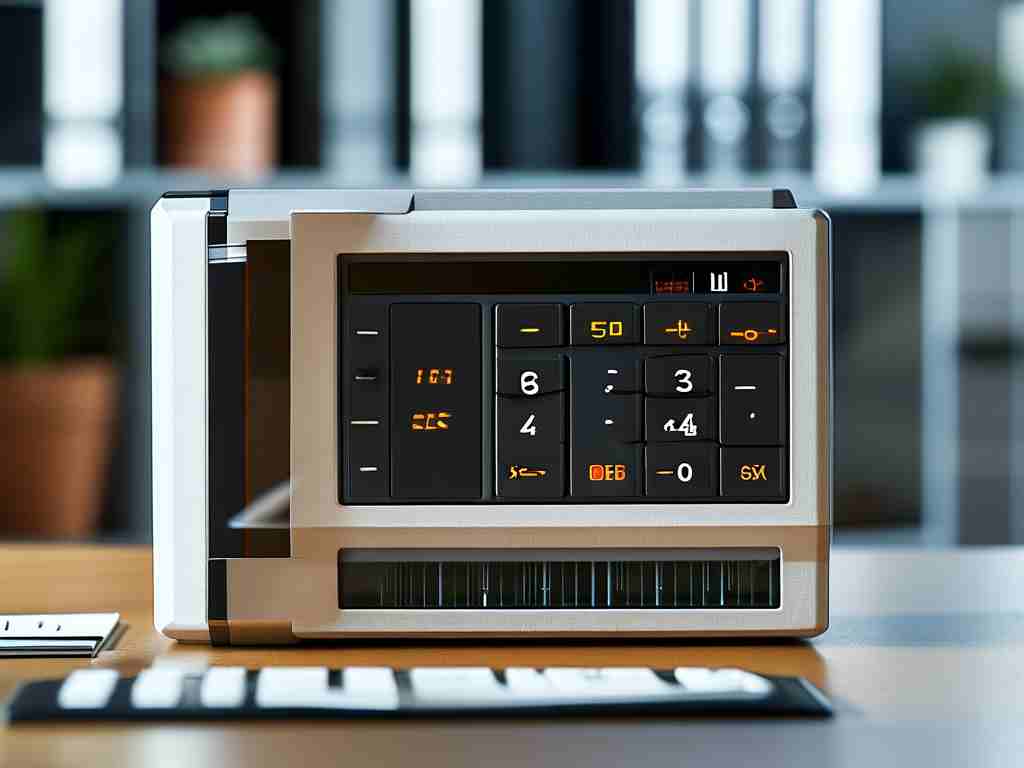When building or upgrading a computer, selecting and configuring memory modules (RAM) is a critical step that directly impacts system stability and performance. While many users focus on CPU or GPU specifications, improper RAM pairing can lead to bottlenecks, compatibility issues, or even system crashes. This guide explores practical strategies for optimizing memory configurations while addressing common misconceptions.
Understanding Basic Compatibility
Every motherboard supports specific RAM types defined by generation (DDR4, DDR5), speed (MHz), and capacity limits. Before purchasing modules, consult your motherboard's Qualified Vendor List (QVL) to ensure compatibility. For example, a board rated for DDR4-3200 may not stabilize higher-frequency kits without manual overclocking. A common mistake is mixing different RAM speeds—systems will default to the slowest module's clock rate, negating the advantage of faster sticks.
Capacity vs. Speed: Finding Balance
For general computing tasks, 16GB remains the sweet spot, while content creators or gamers may require 32GB or more. However, capacity alone doesn’t dictate performance. Consider this scenario:

# Benchmark comparison pseudocode
if (workload == "4K_video_editing"):
prioritize_capacity()
elif (workload == "competitive_gaming"):
prioritize_speed_latency()
else:
balance_capacity_speed()
Dual-channel configurations—installing pairs of identical sticks—unlock bandwidth advantages. For a 32GB setup, two 16GB modules often outperform four 8GB sticks due to reduced electrical load on the memory controller.
Mixing RAM Kits: Proceed with Caution
While manufacturers discourage combining different RAM kits, it’s technically possible if these criteria align:
- Same voltage (e.g., 1.35V)
- Matching CAS latency (e.g., CL16)
- Identical rank configuration (single vs. dual-rank)
Even then, XMP profiles may fail to apply automatically. Stress-test mixed configurations using tools like MemTest86 for at least four full passes before relying on critical workloads.
Future-Proofing Considerations
Modern platforms like AMD’s AM5 or Intel’s LGA1700 support both DDR4 and DDR5, but mixing generations is physically impossible. When upgrading older systems, verify maximum supported capacity—many Intel 6th/7th Gen CPUs cap at 64GB despite motherboard claims of 128GB support.
Aesthetic vs. Functional Tradeoffs
RGB-lit RAM might complement your build’s theme, but bulky heat spreaders can interfere with CPU coolers. Measure clearance between the RAM slots and cooler before committing to tall modules. For compact builds, low-profile RAM ensures compatibility without sacrificing performance.
Troubleshooting Common Issues
If a system fails to post after RAM installation:
- Reset CMOS to clear conflicting XMP settings
- Test modules individually to identify faulty sticks
- Update motherboard BIOS to improve compatibility
- Loosen timings manually in BIOS if automatic profiles fail
Emerging Technologies
New standards like CAMM (Compression Attached Memory Module) and MR-DIMMs promise higher densities and energy efficiency, though mainstream adoption remains years away. For current builds, focus on established DDR4/DDR5 solutions with verified compatibility.
By methodically evaluating your workload requirements, platform limitations, and upgrade paths, you can create a RAM configuration that delivers both immediate performance gains and long-term reliability. Always validate configurations through rigorous testing—what appears stable in BIOS may reveal weaknesses under sustained real-world usage.





